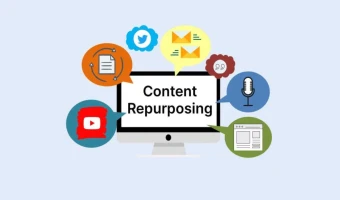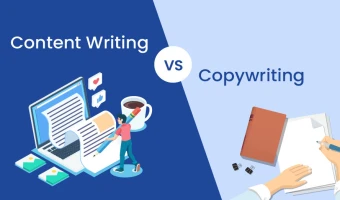
133+ happy birthday paragraphs for your loving friends and family
We've listed plenty of birthday wish ideas for your parents, grandparents, children, siblings, friends, colleagues, partners, and other important people in your life. These creative happy birthday paragraphs will make their day extra special and show how much you care.

Content repurposing: How to turn an image into an engaging article
Content repurposing is a strategy to turn old content into new formats, helping you reach a broader audience. Follow these tips to turn an image into an engaging article and maximize the impact of your content.

AI for Content Creation: What to Adopt and What to Avoid?
AI can boost your content creation, but it’s crucial to follow guidelines to avoid issues. Learn about the benefits of AI, the challenges you might face, and get tips for using it effectively.

Copywriting vs Content Writing: 11 Key Differences with Examples
Copywriting and content writing are two important but distinct types of writing in marketing. Understanding the differences between them helps you choose the right approach to reach your marketing goals.